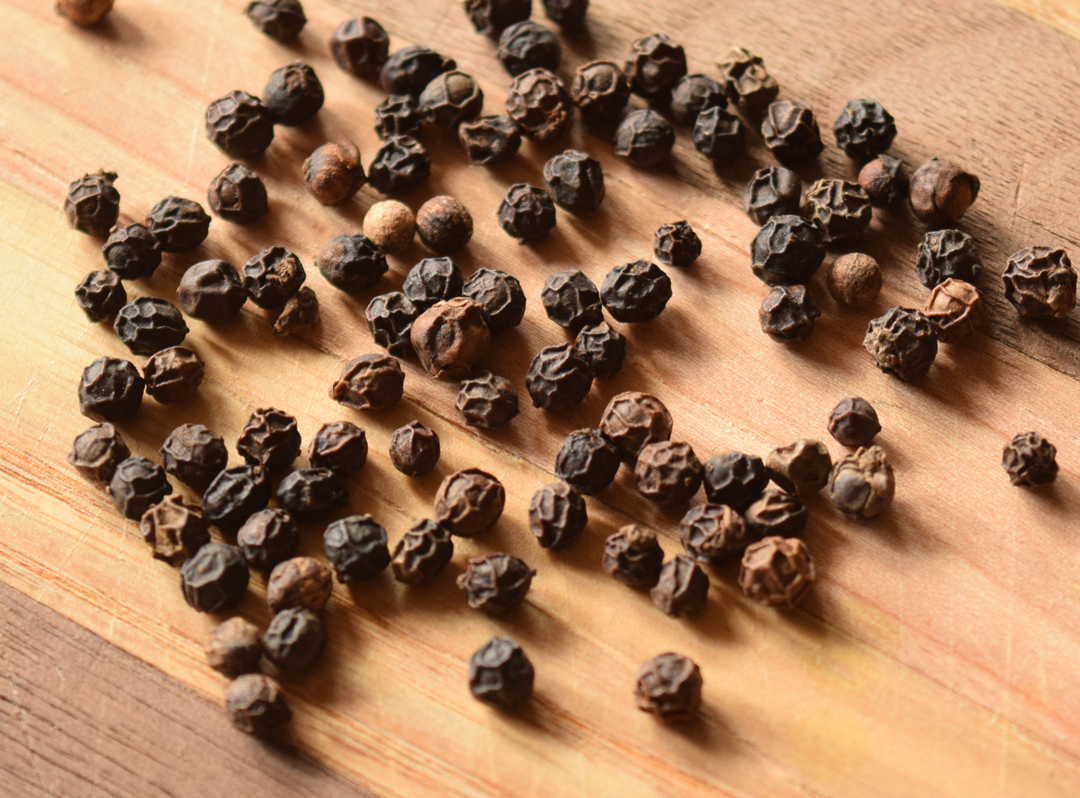Podcast: Play in new window | Download (Duration: 9:46 — 10.5MB) | Embed
Subscribe: Apple Podcasts | Android | Email | Stitcher | RSS | More
We all have a story that we would like to tell. The stories we choose to tell to our friends, family, acquaintances, and coworkers say a lot about how we would like to be seen. In marketing terms, our stories help create our brand. There are some that we frequently repeat when there is a new person to meet. They can be about lost relationships, nightmarish jobs, and great adventures. Collectively, these stories shape a narrative that we have, perhaps, sub-consciously created. We choose to tell some stories over others and we often choose to embellish some details and leave other details out. In the end, we are our own writer, and why we choose to tell the stories we tell has a lot to do with our motivations. Do we wish to make friends? Do we wish to get a promotion? Do we need to gain new customers? Do we need to maintain a competitive advantage?
We have been telling our stories over thousands of years, and some have been utterly fantastical that you would be forgiven if you thought you had been plunged into the Game of Thrones. None more so than a few tall tales that were spun by some Arab Spice Traders hundreds of years ago. All in an effort to keep the origin of their spices secret from an entire continent.
In the Medieval ages, Europeans loved their spices and they went bat shit crazy over it. Some have argued that Medieval European food would actually be more closely associated with modern day North African or Indian cuisine compared to modern day European cuisine. And it just wasn’t one or two spices. Cooks tended to have twenty or so spices in their repertoire. The one spice that we will focus on, for it was about the most popular spice of the day and subsequently changed the power dynamics within our world was–pepper. And, when I say pepper I mean black peppercorns and not chili peppers which we can thank good old fuck-up Christopher Columbus for confusing us.
https://www.youtube.com/watch?v=LAfiduVxE2I
Europeans loved black pepper and back in the day it was expensive. They called pepper “black gold” as it could be used as its own form of currency. There is even a term for it–peppercorn rent. The reason for the high price of black pepper during Medieval Europe is the same reason why commodity prices tend to go up and down now. It is the relationship between supply and demand. To Europeans, pepper was fashionable, used medicinally, and in religious ceremonies, therefore, multiple uses to create demand. The supply, on the other hand, was tightly controlled. For being so fashionable, Europeans knew very little about where their spices came from. They knew pepper came from a place called India, which was out east somewhere over there, but they knew precious little about the country and its people and could only guess on the routes to get there.
At the time the spice trade was largely controlled by Arab traders, who were the only people that knew about every aspect of the spice trade from start to finish. The pepper farmers in India had no idea about the Europeans and the Europeans reciprocated that ignorance. This gave the Arab traders a tremendous amount of power. They could buy the spices at a very affordable price and sell it at a very high price. However, they still had to defend those high prices, and in order to do that they relied on stories that had been told for centuries.
According to our Arab middlemen pepper was grown in forests of pepper trees. Pepper was abundant. That wasn’t the problem. The problem was in the harvesting of pepper. For, you see, the pepper trees were all guarded by poisonous snakes. In order to harvest the pepper, farmers had to set fire to the trees and drive away the snakes. It was the fires that turned white peppercorns black and gave them their dry and shriveled appearance. After each burning, the trees would have to be replanted which required money and time adding to the price. This myth survived hundreds of years. In actuality, pepper is a climbing vine plant, green in colour, and turns black and shriveled after it has been dried and white after it has been soaked in water. Pepper, also, was certainly not the only spice that carried a myth. Cinnamon grew on inaccessible mountains and in order to retrieve the cinnamon you had to trick a type of bird, who happened to make their nests out of cinnamon. Locals would leave heavy pieces of meat out for the birds, the birds would take the meat to their nests, the weight of the meat would then break the nests, and the cinnamon would fall to the ground to be gathered. I’m guessing that’s not exactly how it works.
These myths were always doubted; however, weren’t completely dispelled until a Portuguese explorer found a sea route to India in 1498. In was only when ignorance about a people, a place, and a spice was turned into knowledge and the spice trade monopoly was dismantled that the prices decreased and the spice trade normalized. It also just happened to be the beginning of European Imperialism. Not such a good thing.
Stories and myths only retain power when knowledge is absent and facts are unknown. We can tell our own stories to control our image and brand. Yet, it only takes time for our quirks to inadvertently be revealed, good or bad, and for the reality to seep out. This is the truth for most things. Once we see it, once we know it we no longer believe the stories.

